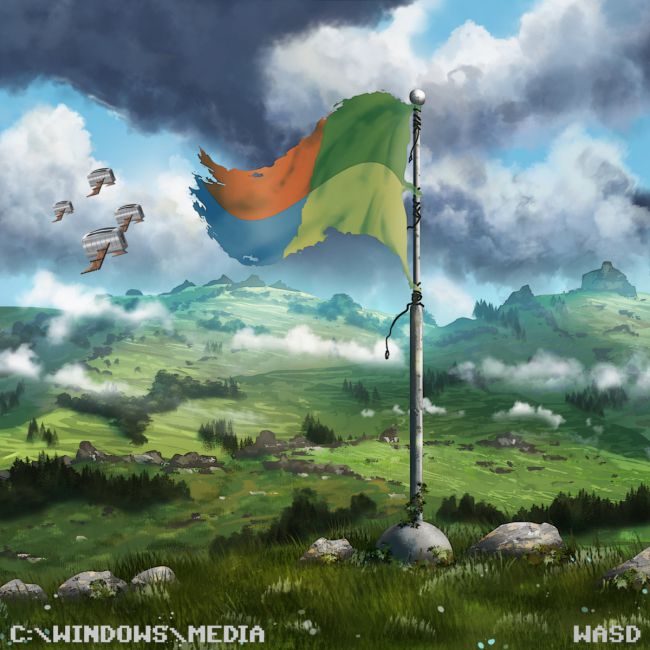Microsoft Windows 3.1 MIDI files get an awesome Modern Rock refresh worth playing it on your Windows 10 PC

Time to sit back, put your headphones on, and take a listen to these awesome tunes from the computer age of old.
T’was the late 80’s, early 90’s when users of Windows 3.1 began poking around their hard drives, and discovering a treasure trove in the Windows\Media folder, in which Microsoft dropped a small sample of audio files, aside from the stock *.wav’s like the historic chime.wav and ding.wav.
A short list of MIDI files was added to the experience, for those looking to sample the capabilities of early sound cards on Microsoft’s third major installment in the windows saga.
For the uninitiated, MIDI files are different than Microsoft Wave (wav) files. While the latter is an actual audio recording, much like what we used to accomplish with a tape recorder, MIDI files are not recordings, but sets of instructions for a computer to run and play music.
MIDI files contain different instruction sets for each instruments, and how they should be played together.
For those who have ever played an electronic piano keyboard, MIDI files can often be loaded into the instrument, and even edited to create new sounds. It goes without saying that the same can be accomplished via software on PCs and Macs.
Those who remember CANYON.MID, ONESTOP.MID, and PASSPORT.MID, will enjoy this amazing tribute to early 90’s nerds the world over, by MAGfest (Music and Gaming Festival) regular Austin Green, whose band recreated every MIDI song from the early days of Windows, for our listening pleasure.
These six tracks were composed by a variety of artists, and each song was brought to life with its own unique personality.
The original author of PASSPORT.MID was never found, and there is little documentation on the matter, but the tune is in between elevator music and an arcade game soundtrack.
ONESTOP.MID is a mashup of different styles and atmospheres, and it’s the longest MIDI files ever included in any Windows operating system. It features an eerie intro, followed by a little funky bit, a short jazz piece, a victorian-style harpsichord segment, a little blues, a dark dramatic intro that merges into a more uplifting tune, to top it all off.
David Yackley is to be credited for this composition.
TOWN.MID was composed by George Stone, and it’s a funky song with some skilfull bass-tapping, and, for some reason, hornpipes.
CANYON.MID is perhaps the most popular Windows MIDI song ever. Composed by Nathan Grigg, it’s an uplifting song which reminds vaguely of a newsbreak soundtrack.
FLOURISH.MID was another tune credited by Nathan Grigg, and it was initially composed by Internet Explorer 4 Channels. While it’s very similar to CANYON.MID in tempo and melody, it sure does have its own personality, although it’s not as recognizable.
CLOUDS.MID was composed by Brian Orr, and it played along the Windows 95 Credits Easter Egg. the ending of the song is cut short, but only because the file is meant to be played in a loop.
Much like CLOUDS.MID, CSSAMP1.MID was also meant to be looped, and it was included with Canon drivers, and not as part of any version of Windows.
Happy listening!
Ready to shop?
PortableOne has the best deals on Microsoft Surface Book laptops, and more powerful devices for work and downtime.